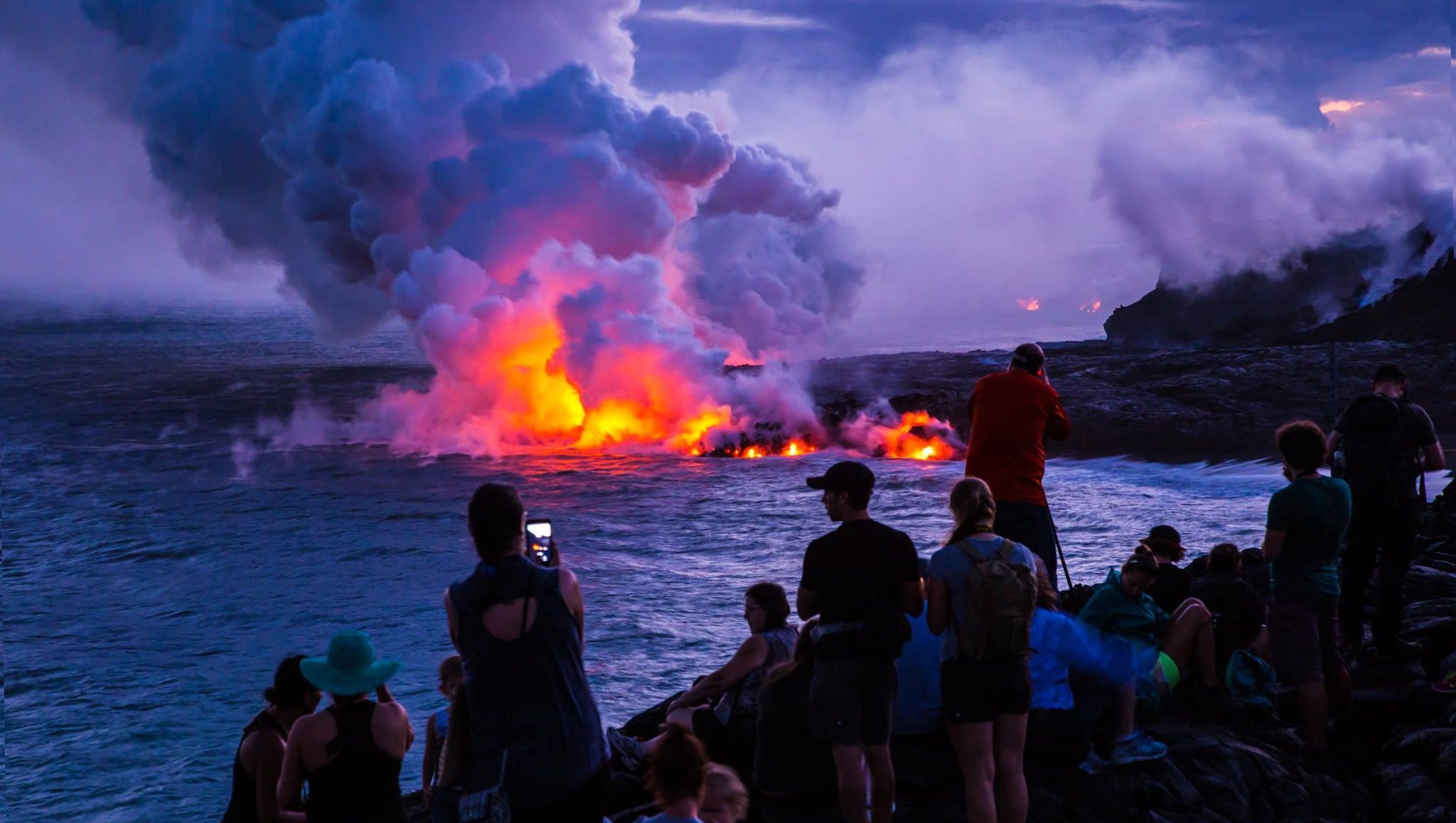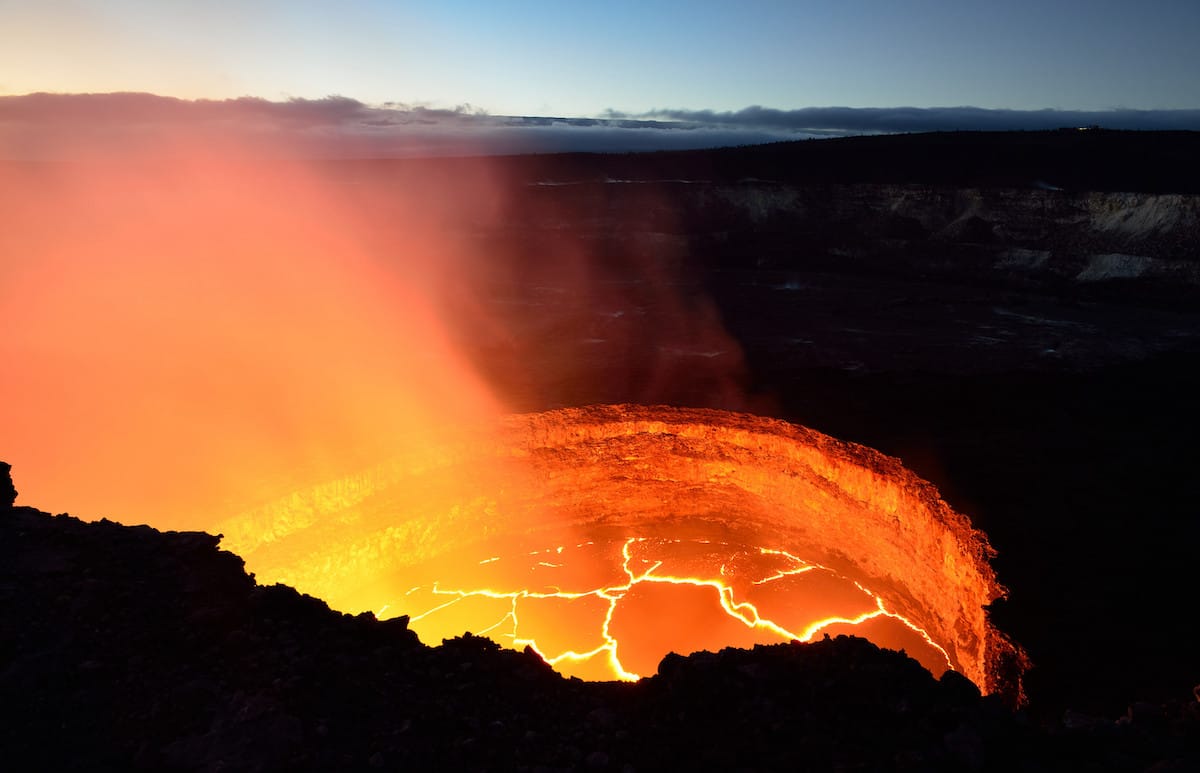Are you looking for the best time to visit Volcanoes National Park? If so, then you have come to the right place! From tips on when to go and what activities are available at different times of the year, this article will provide everything you need to know.
With its stunning landscape, diverse wildlife, and fascinating geologic features such as volcanoes, hot springs, and lava tubes, Volcanoes National Park offers a truly memorable experience no matter what time of year you choose to visit. Here we will advise on how best to plan your trip – from when is the ideal season for which activities to get the most out of your experience. So let’s dive into all that Volcanoes National Park Rwanda has to offer during each season!
1. Planning Your Visit to Volcanoes National Park
Planning your visit to Volcanoes National Park can seem daunting at first, but if you take the time to consider a few key factors it can be an enjoyable and rewarding experience. Weather is one of the most important things to consider when planning a trip. The park experiences year-round rainfall, so make sure to pack accordingly with rain gear and waterproof shoes. Additionally, be mindful of temperature changes – while days may be warm in some areas of the park, night temperatures are often cooler due to altitude differences between hikes and trails.
Before hitting the road for your trip, do some research on what activities are available at each location within Volcanoes National Park as this will help you plan out which ones you would like to check out during your stay. For example, hiking is popular among visitors who enjoy exploring nature up close; however, tother outdoor activities such as bird watching or geocaching can add excitement and variety to your trip. Be sure not only to plan fun excursions into nature but also remember that safety should always come first when visiting any national park – including familiarizing yourself with all applicable regulations before embarking on any activity or trail walk.
Knowing proper safety protocols could save lives in case an emergency arises while in the park so it’s important not just brush these over quickly! With adequate preparation and knowledge about proper protocol regarding weather conditions, trail difficulty levels, etc., you’ll have a great time experiencing everything Volcanoes National Park has to offer!
2. When Is the Best Time to Visit?

Source: Gannett-cdn.com
Visiting Volcanoes National Park is a truly unique adventure and the best time to do it depends on your personal preferences. While some visitors may prefer to enjoy milder temperatures and fewer crowds, others may want to witness dramatic eruptions or hikes through the lush rainforests during their trip.
The park can be visited year-round, but there are certain times of the year that offer more desirable conditions for exploration. Summertime offers warm weather with lots of sunshine perfect for hiking and sightseeing, however, this is also peak tourist season so expect bigger crowds.
Spring and autumn months provide comfortable temperatures ideal for outdoor activities as well as less competition from other visitors. Winter brings cooler temps which makes volcano viewing easier due to limited cloud cover; however snowfall can limit access in certain areas at this time of year. Regardless of when you choose to visit, planning ahead will ensure you have an enjoyable experience!
3. Weather Considerations for Visiting Volcanoes National Park
When planning a visit to Volcanoes National Park, weather considerations should be taken into account. The park is located on the island of Hawaii in the tropical and sub-tropical regions of the Pacific Ocean, so it has a warm climate year round with temperatures generally ranging between 65°F (18°C) and 80°F (27°C). Although there are no severe weather patterns in this region, seasonal rains can make certain areas inaccessible during certain months.
In addition, because Hawaiʻi is an active volcanic zone, visitors should take precautions when visiting due to possible ash clouds or lava flows that can affect visibility and safety. The best times to visit Volcanoes National Park are from April through September when temperatures are milder and rainfall is less frequent than in other months. During these months you will have the opportunity to explore all trails without worrying too much about adverse conditions caused by rain or fog.
However, if you plan your trip outside this time frame you may encounter strong winds coming off Kilauea volcano which can cause difficult driving conditions as well as poor visibility at higher elevations within the park. Therefore visitors need to check local forecasts before heading out into the park so they can plan accordingly for any potential extreme weather events such as thunderstorms that could cause the closure of roads or trails due to flash flooding.
4. What to Pack and Prepare for a Trip to Volcanoes National Park

Source: nextishawaii.com
When planning a trip to Volcanoes National Park, it is important to know what items you need to pack and prepare for your adventure. While the weather can vary depending on when you visit, be sure that you are prepared for rain, wind and colder temperatures. Sturdy hiking boots should be part of your packing list as there will likely be some trails with uneven terrain or dirt paths that require adequate footwear. A good waterproof jacket is also essential – not only will it protect from any showers but also from the chilly winds in the evenings.
Sunscreen and insect repellent should also make their way into your bag as well as outdoor clothing such as long pants or shorts (depending on the season) along with a hat and sunglasses. It is best to bring snacks or meals that can easily be eaten while exploring the park so consider items like sandwiches, fruits, granola bars, etc., which don’t take up too much space in your backpack either! Don’t forget a reusable water bottle: staying hydrated during hikes is crucial especially if you plan on doing more challenging activities at higher altitudes where temperatures may drop suddenly. Lastly, having an extra pair of socks (or two!) never hurt anyone!




